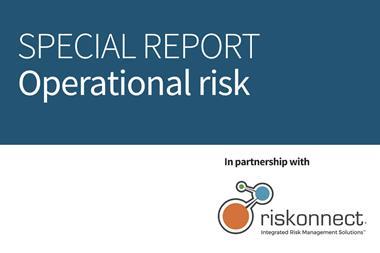PWC comments on the main findings of the Solvency II framework study
The Committee of European Insurance and Occupational Pensions Supervisors (CEIOPS) has published a report testing the design of the Solvency II framework, called the third quantitative impact study (QIS3).
Further to the publication of the CEIOPS report, Annette Olesen, director, PricewaterhouseCoopers LLP, set out some of the findings resulting from the study. Her comments included:
• The QIS3 result shows that the regime does not require extra capital in the European insurance market as a whole. However, redistribution of capital is expected within the market as a consequence of the introduction of a risk oriented system, where capital requirements will be in line with the risk undertaken and the way these are managed and controlled.
• The QIS3 results show that in 30% of undertakings available surplus would increase by more than 50%, whereas in 34% of undertaking the available surplus would decrease by more than 50%. It is estimated that 16% of undertakings would have to raise capital to meet their new solvency capital requirement,
• The overall solvency margin would generally reduce for most undertakings compared to the current solvency regime.
• Implicit approval was noted within the study of the modular approach to the Solvency Capital Requirement although it was also noted that challenges lie ahead. The structure of Minimum Capital Requirements industry decided on pro/cons of compact versus modular approach
• QIS3 is the first study to consider the implication on groups - only few groups participated in the study so the main findings are mainly qualitative rather than quantitative.

















No comments yet